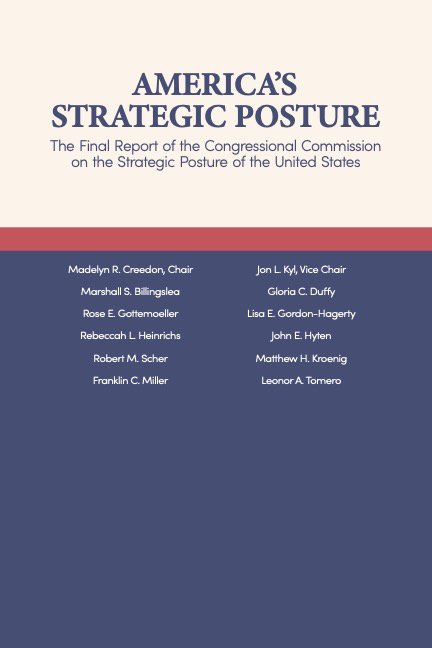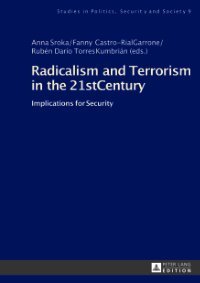By: Office of Intelligence and Analysis
The Homeland faces a complex set of threats to our public safety, border security, critical infrastructure, and economy from violent extremists, transnational criminal organizations (TCOs), adversarial nation-states, and malicious cyber actors. These threats, while varied in scope and intended purpose, at times compound one another in unexpected ways, harming our communities and generating costly disruptions to the US economy. Meanwhile, technological advances, climate change, and natural disasters have the potential to exacerbate many of the aforementioned threats.
PUBLIC SAFETY AND SECURITY: Over the next year, the terrorism threat environment in the Homeland will remain high. We are particularly concerned about a confluence of factors this year, including violent extremist responses to domestic sociopolitical developments—especially the 2024 election cycle—and international events that domestic and foreign violent extremists likely will use to justify or encourage attacks in the Homeland. Lone offenders and small groups continue to pose the greatest threat of carrying out attacks with little to no warning. Meanwhile, foreign terrorist organizations (FTOs) and their supporters will maintain their enduring intent to conduct or inspire attacks in the Homeland.
In addition, the production, trafficking, and sale of illegal drugs by transnational and domestic criminal actors will continue to pose the most lethal threat to communities in the United States. Fentanyl and other synthetic opioids remain the most lethal of drugs trafficked into the country, but small increases in overdoses linked to cocaine and methamphetamine highlight the danger from other drug types.
We expect the Homeland also will face threats to public safety from state actors using subversive tactics in an effort to influence and divide the American public and undermine confidence in our institutions. Many of these actors—in particular, the People’s Republic of China (PRC)—also target v U.S. Department of Homeland Security ethnic and religious minorities, political dissidents, and journalists in the United States to silence and harass critical voices, violating our sovereignty and the rule of law.
The 2024 election cycle will be an attractive target for many adversaries. Some domestic violent extremists (DVEs) likely view a wide range of targets indirectly and directly associated with elections as viable targets for violence with the intent of instilling fear among voters, candidates, and election workers, as well as disrupting election processes leading up to and after the November election. Nation-state-aligned foreign malign influence actors almost certainly will continue to target democratic processes with the aims of affecting US voter preferences, exacerbating social tensions, and undermining confidence in our democratic institutions and the integrity of the electoral process.
BORDER AND IMMIGRATION SECURITY: Migrant encounters at our border have declined over the last year, but migrants are still arriving in high numbers, complicating border and immigration security. As overall encounters have declined, so too have encounters with individuals in the Terrorist Screening Data Set, also known as the “terrorism watchlist,” which includes individuals associated with information indicating they may be directly engaged in or supporting terrorist activities as well as known associates of watchlisted individuals, such as family members. For several years prior to this year's decline, terrorism watchlist encounters had increased, a trend consistent with the overall increase in migrant encounters at the southwest border.
CRITICAL INFRASTRUCTURE SECURITY: Domestic and foreign adversaries almost certainly will continue to threaten the integrity of our critical infrastructure with disruptive and destructive cyber and physical attacks, in part, because they perceive targeting these sectors will have cascading impacts on US industries and our standard of living. The PRC, Russia, and Iran will remain the most pressing foreign threats to our critical infrastructure. Most concerningly, we expect the PRC to continue its efforts to pre-position on US networks for potential cyber attacks in the event of a conflict with the United States. Nation-states, criminal hacktivists, and financially motivated criminals will likely hone their techniques to disrupt US services or to conduct espionage focused on gaining access to US networks, including critical infrastructure entities. We assess that domestic and foreign violent extremists will continue to call for physical attacks on critical infrastructure in furtherance of their ideological goals and, at times, in response to international conflicts and crises.
ECONOMIC SECURITY: Multifaceted and diverse economic threats—primarily from the PRC—will likely continue to harm US producers and consumers and degrade the competitiveness and future health of US companies and industries. The PRC likely will remain our greatest economic security threat because of its aggressive use of anticompetitive, coercive policies and theft of US intellectual property, technology, and trade secrets. Lastly, we expect our supply chains will remain vulnerable to foreign manipulation abroad, which could harm global productivity and consumer demand.
U.S. Department of Homeland Security, 2024














